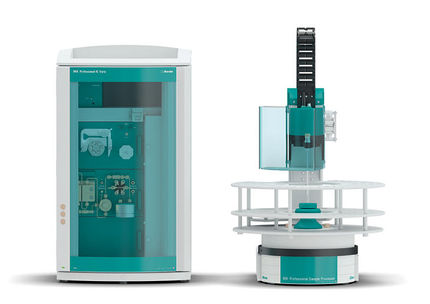Neomycin is an aminoglycoside antibiotic that is found in many topical medications such as creams, ointments and eyedrops.
Uses
Neomycin is overwhelmingly used as a topical preparation. It can also be given orally, where it is usually combined with other antibiotics. Neomycin is not absorbed from the gastrointestinal tract, and has been used as a preventative measure for hepatic encephalopathy and hypercholesterolemia. By killing bacteria in the intestinal tract, it keeps ammonia levels low and prevents hepatic encephalopathy, especially prior to GI surgery. It has also been used to treat small intestinal bacterial overgrowth. It is not given intravenously, as neomycin is extremely nephrotoxic (causes kidney damage), especially compared to other aminoglycosides. The exception to this, is when it is included in some vaccines as a preservative, but in very small quantities -typically 0.025 mg per dose[1].
Spectrum
Similar to other aminoglycosides, neomycin has excellent activity against Gram negative bacteria, and has partial activity against Gram positive bacteria. It is relatively toxic to humans, and some people have allergic reactions to it.[1] See: Hypersensitivity.
History
Neomycin was discovered in 1949 by the microbiologist Selman Waksman and his student Hubert Lechevalier. It is produced naturally by the bacterium Streptomyces fradiae.
References
- ^ DermNet dermatitis/neomycin-allergy
| Antidiarrheals, intestinal anti-inflammatory/anti-infective agents (A07) |
|---|
| Intestinal anti-infectives | Antibiotics (Neomycin, Nystatin, Natamycin, Streptomycin, Polymyxin B, Paromomycin, Amphotericin B, Kanamycin, Vancomycin, Colistin, Rifaximin)
Sulfonamides (Phthalylsulfathiazole, Sulfaguanidine, Succinylsulfathiazole)
other (Miconazole, Broxyquinoline, Acetarsol, Nifuroxazide, Nifurzide) |
|---|
| Intestinal adsorbents | Charcoal - Bismuth - Pectin - Kaolin - Crospovidone - Attapulgite - Diosmectite |
|---|
| Antipropulsives | Diphenoxylate - Opium - Loperamide - Difenoxin |
|---|
| Intestinal anti-inflammatory agents | corticosteroids acting locally (Prednisolone, Hydrocortisone, Prednisone, Betamethasone, Tixocortol, Budesonide, Beclometasone)
antiallergic agents, excluding corticosteroids (Cromoglicic acid)
aminosalicylic acid and similar agents (Sulfasalazine, Mesalazine, Olsalazine, Balsalazide) |
|---|
| Antidiarrheal micro-organisms | Saccharomyces boulardii |
|---|
| Other antidiarrheals | Albumin tannate - Ceratonia - Racecadotril |
|---|
|







